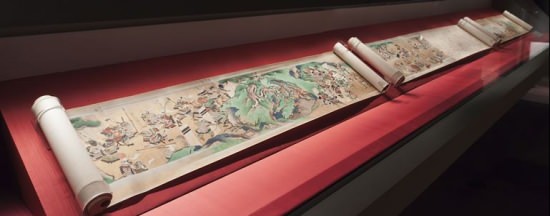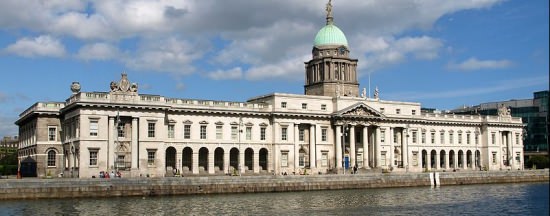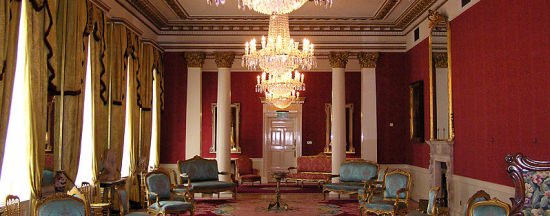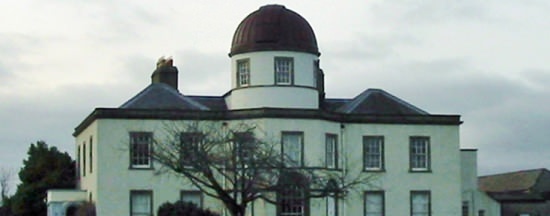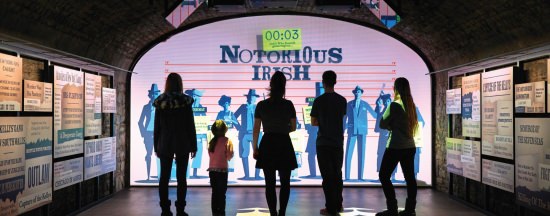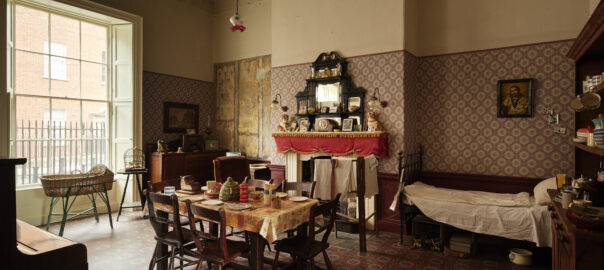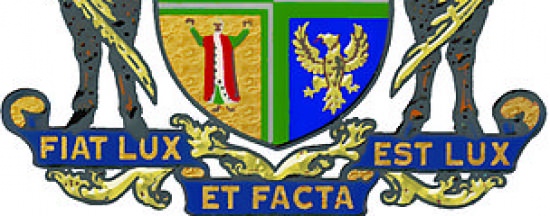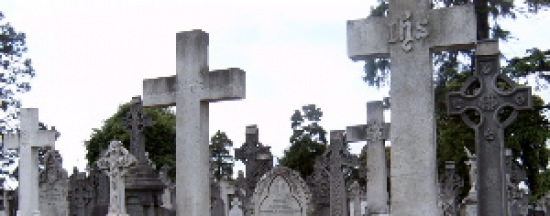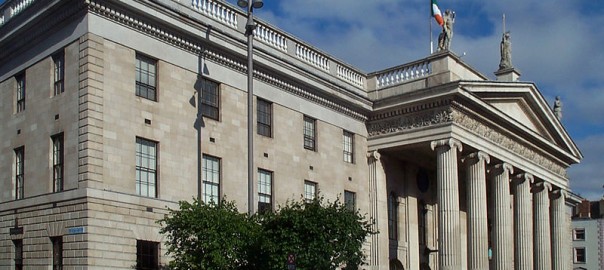Dating from the 1720s, Henrietta Street in Dublin’s North inner city is the most intact collection of early to mid-18th century aristocratic townhouses in Ireland. These vast houses were divided into tenements from the 1870s to the 1890s to house the city’s working poor.
Built as a townhouse for the members of Dublin’s ruling elite, 14 Henrietta Street was divided into 19 tenement flats in 1877, with some 100 people living under its roof by 1911. It remained a tenement house until the last families left in the late 1970s.
14 Henrietta Street tells the story of the building’s shifting fortunes, from family home and power base to courthouse; from barracks to its final incarnation as a tenement. The stories of the house and street mirror the story of Dublin and her citizens.
14 Henrietta Street seeks to help visitors deepen their understanding of the history of urban life and housing in Ireland, through people and memory. Taking the stories, personal experiences and objects of former residents of the tenements, coupled with new ongoing social and architectural history research, the Museum gathers, interprets and preserves Dublin’s tenement history.
Why tenement living developed in Dublin – After the Acts of Union were passed in Great Britain and Ireland in 1801, all power shifted to London and most politically and socially significant residents were drawn from Georgian Dublin to Regency London. Dublin and Ireland entered a period of economic decline, exacerbated by the return of soldiers and sailors at the end of the Napoleonic Wars. The rise of the cotton mills of Lancashire had a negative impact on the Irish poplin industry.
For a time, Henrietta Street was occupied by lawyers. Dublin’s population swelled by about 36,000 in the years after the Great Famine, and taking advantage of the rising demand for cheap housing for the poor, landlords and their agents began to carve their Georgian townhouses into multiple dwellings for the city’s new residents.
Houses such as 14 Henrietta Street underwent significant change in use – from having been a single-family house with specific areas for masters, mistresses, servants, and children, they were now filled with families (often one family to a room, the room itself divided up into two or three smaller rooms – a kitchen, a living room, and a bedroom). Entire families crammed into small living spaces and shared an outside tap and lavatory with dozens of others in the same building.
For the safety of visitors, groups must be small, with no more that 15 on a tour at a time. Tour Guides accompany you through three floors of the house and its many stories, told through the walls of the house itself, recreated immersive rooms, sound and film.
As the building dates from the late 1720s with minimal intervention in the structure, some spaces are small and the steps of the original back stairs are uneven and steep. It’s advised that you wear comfortable shoes, and perhaps dress in layers, as parts of the house can be a little cold.
14 Henrietta Street recognised in European and Irish awards – The conservation of a former tenement house at 14 Henrietta Street in Dublin’s north inner city was named Best Conservation/Restoration Project, and won the Special RIAI Jury Award at the prestigious annual RIAI Irish Architecture Awards. The museum also won the Silletto Trust Prize at the 2020 European Museum of the Year Awards.
Also of interest is the “Georgian Dublin Outdoor Walking Tour: Henrietta Street and Beyond”. This consists of a walk through Georgian Dublin, courtesy of the award-winning museum 14 Henrietta Street.
The tour begins on Henrietta Street, the first Georgian street in Dublin and the template from which all other Georgian streets followed. The tour charts the fortunes of the Gardiner Estate on Dublin’s Northside, stretching from Henrietta Street to Mountjoy Square, from its beginnings as the best address in town to its decline to tenement housing. It’s a story that mirrors the fortunes of Dublin City and many of its residents.
Visitors will learn about the man who built Henrietta Street, the ‘Jewel in the Georgian Crown’, the lavish lifestyles and social lives of families who lived there, including the Molesworths from number 14, and how one man’s vision and ingenuity created the world’s first maternity hospital.
2021 marked the 300 year anniversary of Henrietta Street, with the Gardiner family purchasing the land in 1721 and the development of the street starting soon after. The building of Henrietta Street marked the beginning of the golden age of Georgian Dublin when the cityscape was transformed into the one we see today. Taking visitors to some of Dublin’s most elite addresses and grand Georgian squares, the tour will explore the architectural and social history of the city and reveal the details of the lives lived behind the elegant red brick facades.
Opening Hours:
Wed to Sun: 10am – 4pm
Tours of the house run on the hour, starting at 10am.
Pre-booking is essential, guided tour only.
Georgian Dublin Outdoor Walking Tours run Wednesday, Saturday, and Sunday at 11.30am and 2pm. House tour and walking tour require separate bookings, but are discounted if booked at the same time.
There are frequent talks and culture nights scheduled outside normal opening hours.
Check here to see what’s on, or to book the regular tours.
Contact & Pricing:
14henriettastreet.ie
[email protected]
Tel: 01 524 0383
14 Henrietta Street, Dublin 1
Adults €10; concessions
(Featured photo by Ross Kavanagh)
